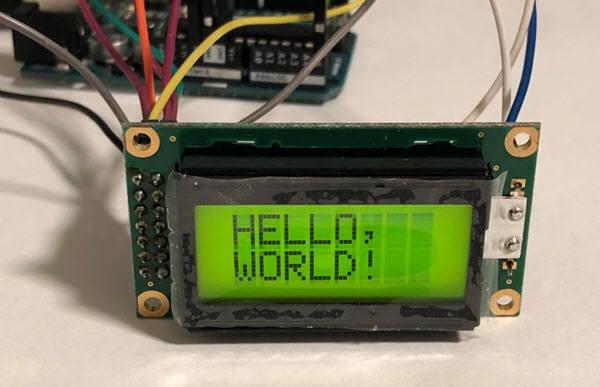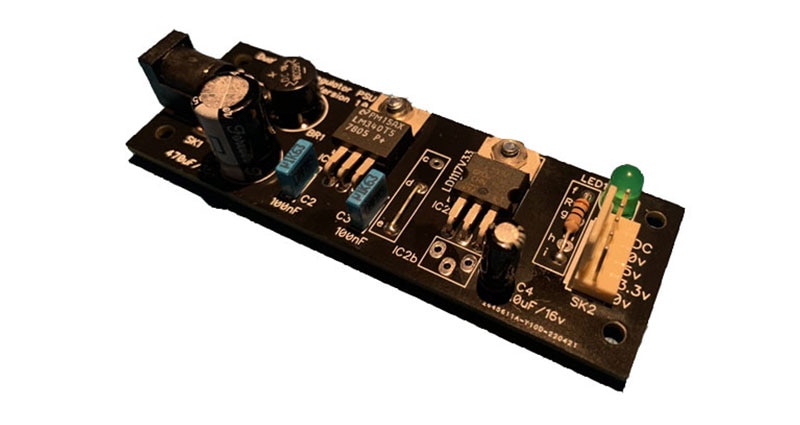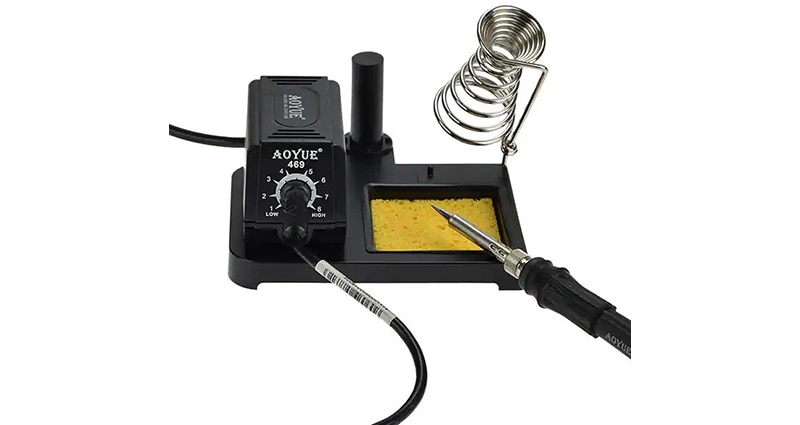Recreating 21-Segment Victorian Displays
It seems to me that, these days, we are spoiled for choice when it comes to display technology. Recently, for example, I saw a clock that—at first glance—appeared to employ six Nixie tubes. What? What do you mean, “What are Nixie tubes?” Well, these were one of the primary ways to display digital information—predominantly the Hindu-Arabic numerals 0, 1, 2, 3, 4, 5, 6, 7, 8, and 9, although there were many variants—in the late 1950s, the 1960s, and the early 1970s.
Nixie tubes are similar in shape to vacuum tubes, but instead of a vacuum they are filled with a gas at low pressure, usually neon mixed with a little mercury or argon, in what is known as a Penning mixture. The tube also contains a wire-mesh anode and multiple cathodes, where the cathodes are shaped like numerals or other symbols. Each cathode can be made to glow in the characteristic neon red-orange color by applying a strike voltage of about 170 volts DC at a few milliamperes between that cathode and the anode.
Eventually, Nixie tubes were replaced by other types of displays for commercial applications, but they still enjoy a following by hobbyists, DIY enthusiasts, and makers. Until recently, the only way to obtain Nixie tubes was to reclaim them from old equipment or to purchase new old stock (NOS) originating from East Germany or Russia. NOS refers to aged stock of merchandise that was never sold to a customer but is still “new” in its original packaging.
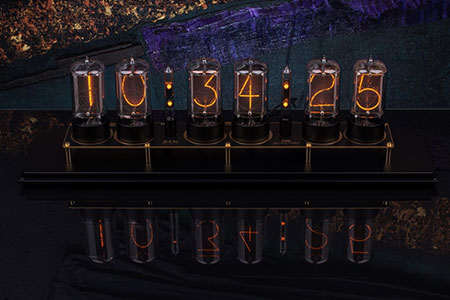 Figure 1: R|Z568M Nixie tubes are pin-compatible with classic Z568M tubes, with a display size of 2 in. wide and 4 in. high. (Image source: Dalibor Farny)
Figure 1: R|Z568M Nixie tubes are pin-compatible with classic Z568M tubes, with a display size of 2 in. wide and 4 in. high. (Image source: Dalibor Farny)
However, a few years ago at the time of this writing, a young chap named Dalibor Farny, based in the Czech Republic, started to offer R|Z568M tubes (Figure 1), where the ‘R’ stands for “Resurrection.” These bodacious beauties display numerals that are 2 inches (in.) wide by 4 in. high (most tubes are much smaller), and they are pin-compatible with the original Z568M tubes, which are widely acknowledged as being among the most beautiful tubes ever made.
Actually, I have a set of Dalibor’s tubes here in my office. Mine have copper anode meshes and bronze bases—one of only two steampunk sets he ever made—but I digress...
I commenced this column by noting that today’s designers are spoiled for choice when it comes to display technology. As an example, I mentioned a clock that appeared to employ six Nixie tubes. Closer examination, however, revealed that the glass tubes each contained a small OLED display, which could be used to present any bitmapped image, including images that looked like the anode and illuminated cathodes in Nixie tubes.
Moving on, I’m sure we’re all familiar with 7-segment LED displays, such as the LSHD-5601 from Lite-On Inc., which is available in a variety of colors in both common anode and common cathode configurations. I remember when these displays first appeared on the scene in the early 1970s. At that time, you could have any color you wanted, so long as that color was red.
These 7-segment LED displays quickly appeared in all sorts of devices that needed to display numerals, including watches and four-function electronic calculators. In the latter case, in addition to decimal digits, they could also be used to present hexadecimal values, although the alpha characters had to be presented as a mixture of uppercase and lowercase symbols: A, b, C, d, E, and F.
Of course, it wasn’t long before designers decided that they needed to display more characters than hexadecimal numbers, which quickly led to the introduction of 9, 14, and 16-segment versions of these devices.
What’s old is fun again
For some reason, most of us have a tendency to think that everything we see around us was invented recently. In reality, almost everything has been seen before in one form or another. As the preacher says in Ecclesiastes 1:9, “That which has been is what will be, That which is done is what will be done, And there is nothing new under the sun.” (I get the impression he wasn’t invited to a lot of parties).
The point is that, when I first saw a 7-segment LED display, I thought it was the greatest thing since sliced bread, as they say, and it never struck me that there had been anything like this before. So, you can only imagine my surprise to discover that an inventor called George Lafayette Mason filed a patent for 21-segment displays in 1898, which firmly places them in the Victorian era (the patent was eventually granted in 1901). Each segment of the display had a small incandescent bulb, and everything was controlled by a complicated electromechanical switch, which activated the segments required to represent the desired character (Figure 2).
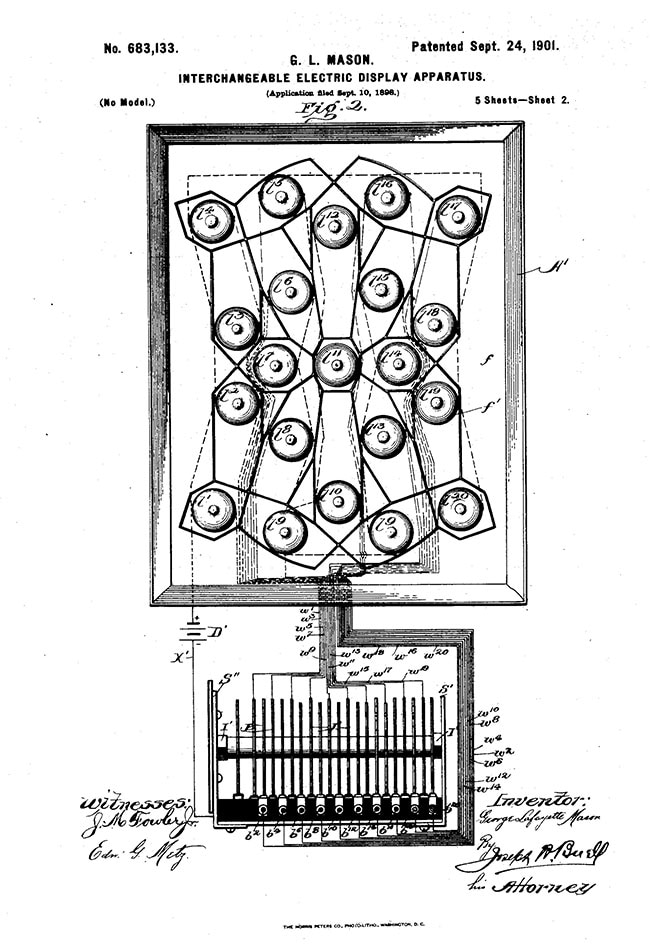 Figure 2: Invented by George Lafayette Mason in 1898, each of the 21 segments in this display had a small incandescent light bulb, with everything being controlled by a complicated electromechanical switch. (Image source: US Patent Office)
Figure 2: Invented by George Lafayette Mason in 1898, each of the 21 segments in this display had a small incandescent light bulb, with everything being controlled by a complicated electromechanical switch. (Image source: US Patent Office)
The reason I’m waffling on about all of this here is that my chum Steve Manley, who is based in the UK, along with your humble narrator, are happily creating 10-character versions of these displays using tri-colored LEDs to illuminate the segments. The shorter segments have one LED, while the longer segments have two LEDs, resulting in 35 LEDs in all. As part of this, Steve has designed a small circuit board (50 millimeters (mm) wide and 64 mm tall) along with a 10 mm deep 3D printed shell (Figure 3).
 Figure 3: The LED circuit board (left) and the 3D printed shell (right) for a 10-character recreation of Mason’s, using 35 tricolor LEDs instead of incandescent bulbs. (Image source: Steve Manley)
Figure 3: The LED circuit board (left) and the 3D printed shell (right) for a 10-character recreation of Mason’s, using 35 tricolor LEDs instead of incandescent bulbs. (Image source: Steve Manley)
The LEDs, which are daisy-chained together, are of the WS2812B variety, such as the 4684 from Adafruit Industries LLC. Each LED has an associated 100 nanofarad (nF) capacitor mounted across its 0 volt and 5 volt terminals. Also, the board has a single 47 microfarad (µF) capacitor mounted across its 0 volt (ground) and 5 volt power inputs, along with a 330 ohm (Ω) resistor mounted in series with the board’s data input.
Conclusion
Just looking at the 21-segment board with its 35 tricolored LEDs as shown in Figure 3, makes you start thinking about all of the things you could do with just one board; and remember that Steve and I are each using ten of them in our displays. In addition to presenting numbers, letters, and punctuation symbols, we can also display some amazing patterns and effects. We can even make our displays react to sound.
Of course, this means that we need some way to control everything, which is why we’ve designed a special control board for the task, the subject of my next blog. In the meantime, as always, I welcome your comments, questions, and suggestions.

Have questions or comments? Continue the conversation on TechForum, DigiKey's online community and technical resource.
Visit TechForum






